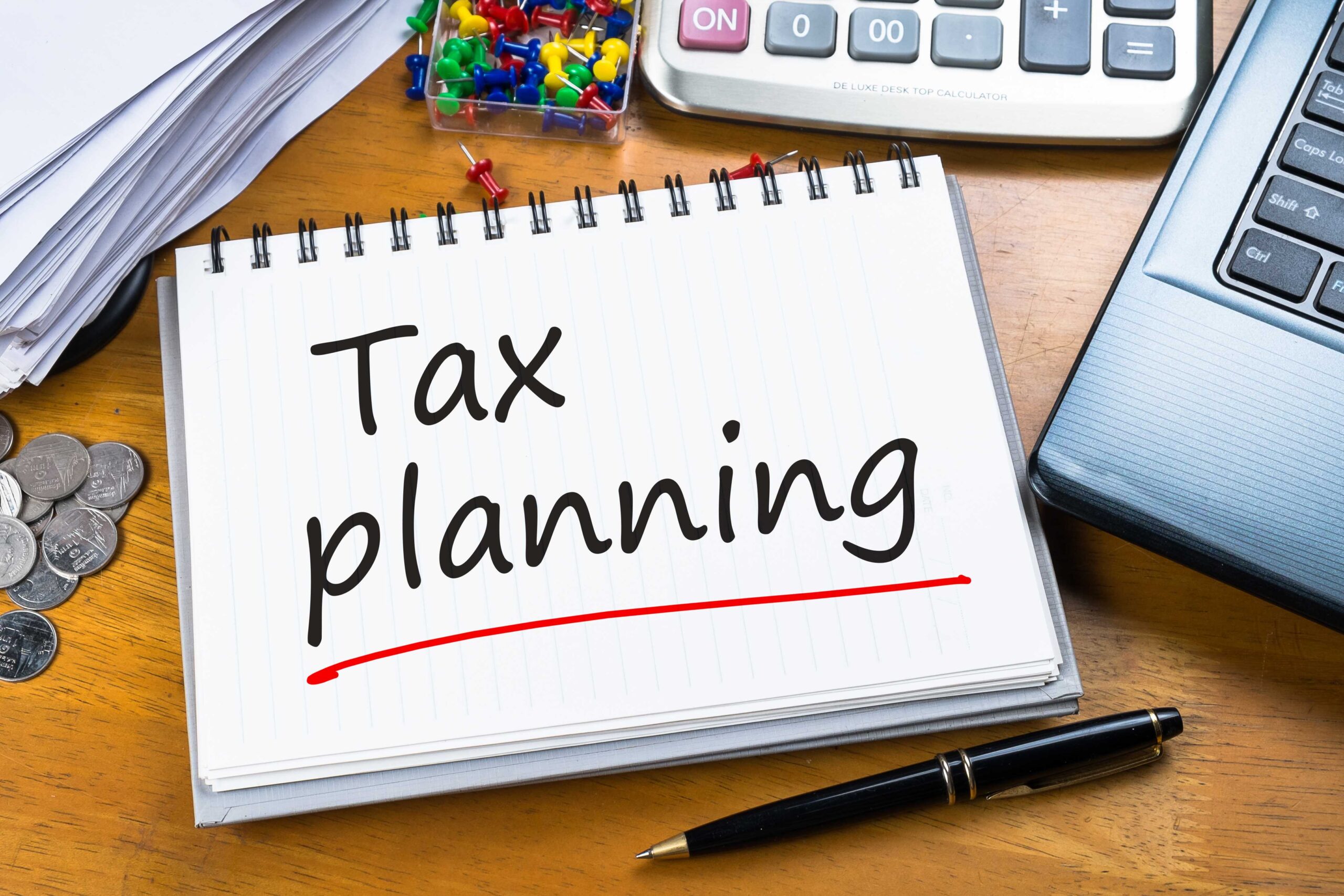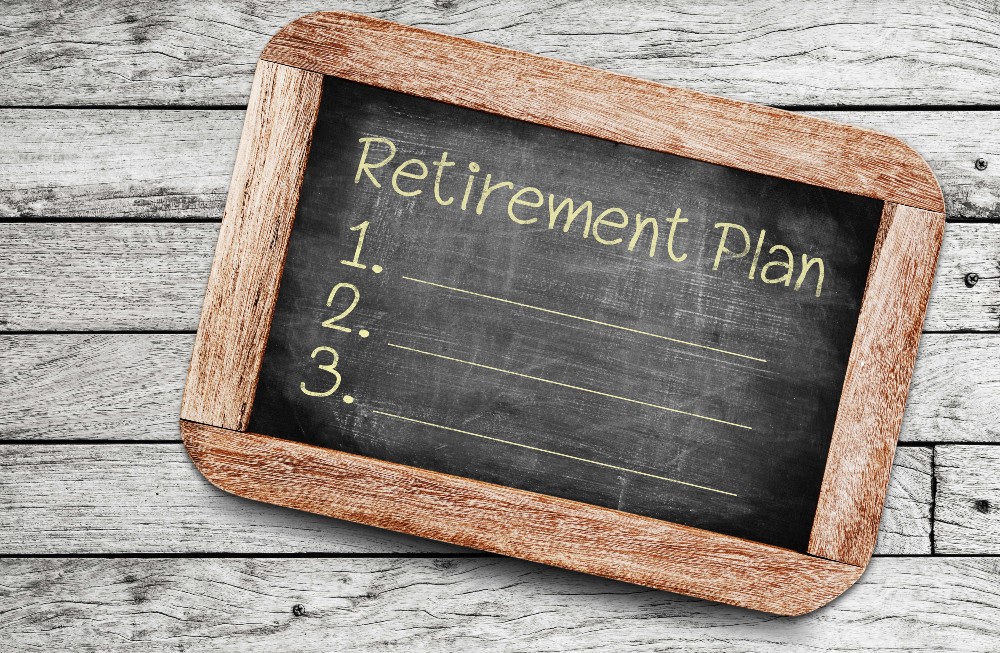
Amidst a landscape of rising costs, the amount of Income Tax collected by the Exchequer is increasing. Much of this is due to the Personal Allowance – which is the amount you can earn before paying any tax – and Income Tax bands being frozen. This freeze was introduced in 2021 and was expected to remain in place until 2026; however, Chancellor Jeremy Hunt extended the freeze for a further two years in last year’s Autumn Statement. Static tax bands create a so-called “fiscal drag” as increasing wages and earnings push individuals higher up the tax bands. Furthermore, the Additional Rate Tax threshold, which is the level where 45% Income Tax becomes payable, has been lowered from £150,000 to £125,140 from April. As a result, higher earners would be well advised to consider financial planning options that could potentially reduce the amount of tax they pay.
Make use of the ISA allowance
Those with higher earnings should look to make use of their annual Individual Savings Accounts (ISA) allowance, as ISAs enjoy a preferred tax treatment, whereby all income, interest or dividends generated from the assets held in the ISA are exempt from Income Tax, and any gains made on disposal are free from Capital Gains Tax. This is of particular benefit to higher earners, who may not benefit from any Personal Savings Allowance.
An ISA can hold Cash or Stocks and Shares and other investments, and irrespective of which ISA or ISAs are selected, the total contribution limit across all ISAs in the 2023/24 Tax Year is £20,000. Taking full advantage of the allowance is important for anyone who pays Income Tax on their savings or dividend income, or wants to avoid Capital Gains Tax on future gains.
The advantages of pension planning
The starting point for many higher earners is the ability to save into a pension. Qualifying contributions into a pension receive tax relief, which is paid at the highest rate of income tax that you pay. If you’re a basic rate taxpayer, you’ll get 20% tax relief, but higher rate taxpayers receive tax relief of 40% and additional rate taxpayers receive 45% relief.
For those that earn between £100,000 and £125,140, effective tax relief of 60% is available. When an individual’s taxable income reaches £100,000, their Personal Allowance is tapered, losing £1 of allowance for every £2 of additional income. Once taxable income reaches £125,140, the tax-free Personal Allowance is lost completely. As a result those with earnings between £100,000 and £125,140 pay an effective tax rate of 60% on this portion of their earnings.
Pension contributions have the effect of extending the tax bands, which can mean that those earning between £100,000 and £125,140 not only receive tax relief at 40%, but also reclaim part of their Personal Allowance, too.
When making pension contributions, careful consideration is needed as there are a number of tax traps to catch the unwary. Individuals can contribute up to 100% of their relevant earnings, although this is subject to an Annual Allowance of £60,000 in the current Tax Year. It is important to ensure that earnings qualify for pension contributions – property rental income from a buy to let property, for example, is not normally considered to be relevant earnings.
In addition, those receiving taxable income above £260,000 need to consider the taper that applies to the Annual Allowance, which reduces the amount you can contribute by £1 for every £2 of income above this level.
Given the complexity of the rules, we recommend higher earners seek advice before taking any action. Pension contributions need to be affordable to your circumstances, and the key to effective pension planning is to make sure the contributions work hard in terms of investment performance. This is where regularly reviewing your pension investments can make sure that the portfolio remains appropriately invested for the prevailing and expected conditions.
Venture beyond
Beyond ISAs and Pension contributions, there are other tax efficient investments that can reduce an individual’s tax liability, but also provide a helping hand to small businesses. Venture Capital Trusts (VCTs) were introduced in 1995 as a way of encouraging investment into Britain’s small and entrepreneurial businesses. As these investments tend to be of higher risk, and some smaller companies can fail, VCTs offer up-front tax relief of 30% on qualifying investments. This tax relief is retained as long as the investment remains qualifying and is held for at least 5 years. In addition to the tax relief, dividends paid by the investments within a VCT are tax-free and any gains on disposal are also free from Capital Gains Tax.
Whilst the tax advantages are attractive, it is important to recognise that VCTs are a high risk investment, and should only be considered by investors who are willing to accept a significant risk of capital loss. VCTs range from investing in companies that are already profitable, to those quoted on the Alternative Investment Market (AIM) and some that specialise in early stage investments, and as a result, the risks and potential returns can vary significantly. Many VCTs have produced strong returns over the long term, when factoring in the tax relief on investment and dividend income, but others have performed poorly. This is why we recommend seeking advice before considering these investments.
The benefits of advice
Those who pay higher rate or additional rate tax – or indeed business owners or shareholders who receive a high level of dividend income – should take the time to consider the amount of tax they pay. By considering financial planning options, many will find that they can reduce their tax liability.
Speak to one of our experienced financial planners here for expert advice on the options open to you.







